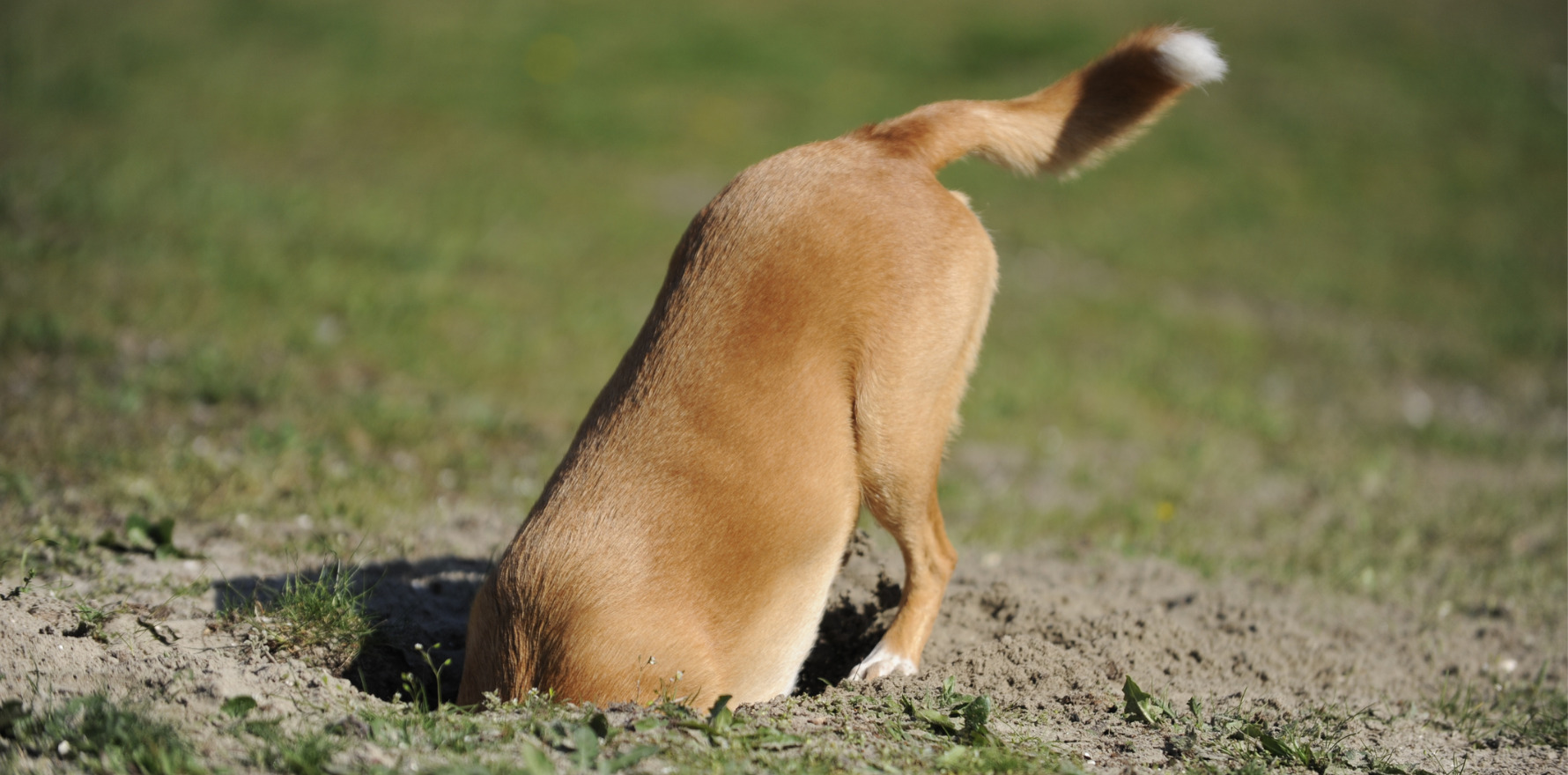From a deficit of $3.6m in 2022-23 to $52m in 2023-24 – that's the amount of trouble Albury Wodonga Health is in.
The temperature of the ongoing cross-border stoush over hospital redevelopment in Albury-Wodonga has risen further with the release of the local health service’s annual report.
Albury Wodonga Health’s deficit has climbed to $52 million which, while not the worst in the state, trailed only Peninsula Health ($59 million) among the regional services. In 2022-23 the AWH deficit was just $3.571 million, a 15-fold increase in just 12 months.
The news came on the heels of numbers released by local health lobby group Better Border Health which showed that in the financial year 2022-23, Albury Wodonga Health received significantly less funding per capita than comparably sized population catchments.
“AWH’s recurrent state funding of $407 million ($1460 per person) compares with $564 million ($1760pp) for Bendigo, $666 million ($2660pp) for Ballarat, $341 million ($2270pp) for Shepparton and $201 million ($2240pp) for Wangaratta,” said Better Border Health.
There are also fewer hospital beds available in AWH than in comparable services.
“AWH has an approximate catchment population of 280,000; eclipsed only by Bendigo Health with 320,000 people.
“Yet the average number of available beds reported by the Australian Institute of Health and Welfare in 2022-23 was 272 at AWH compared with 460 beds at Bendigo. Wagga’s catchment population of 245,000 had 326 beds available in 2022-23; while Grampians Health (Ballarat) had 407 beds for a population of 250,000, Shepparton had 253 beds for 150,000 people and Wangaratta had 162 beds for 90,000 people,” said Better Border Health.
Other findings from a comparative analysis commissioned by the lobby group found that the elective surgery waiting list at AWH at 30 June 2023 was 3573 patients. By comparison, the waiting list was 1677 at Bendigo, 1633 at Grampians Health (Ballarat), 1048 at Shepparton and 729 at Wangaratta.
“Emergency department presentations were 68,656 at Albury Wodonga Health – reported by the AIHW in 2022-23. This compares with 61,459 at Bendigo, 68,111 at Ballarat, 41,276 at Shepparton and 29,300 at Wangaratta,” said the group.
Meanwhile, doctors in the Border Medical Association expressed concern that the Victorian government’s plan to replace the current health services with five giant networks would lead to “remote administration” of the border towns’ hospitals.
If the government goes through with its plans, the twin cities will become part of the Hume area, extending west to Kyabram and south to Yea, administered from Shepparton; effectively a merger with Goulburn Valley health service.
“They’ve simply borne no real historic relationship between each other,” general surgeon Dr Daniel Chubb was quoted as saying in the Border Mail.
“It does not make sense that they are in the same administrative group.
“The administrative group you would expect Albury to be in would include places like Wangaratta, Mount Beauty, Bright, Corryong, Corowa.
“Those hospitals have surgeons that go from Albury to those hospitals, we transfer between those hospitals all the time, that would be the administrative group you would expect.
“It seems to be someone with a bit of misunderstanding of the geographics of health in this region that would make that kind of proposition.”
Another BMA member, Dr Mark Norden, said the association “understands that the administrative and financial hub of the Hume health service network will be in Shepparton” under the Victorian Health Department’s blueprint.
“How can this happen when Albury-Wodonga’s catchment is twice that of Goulburn Valley’s, when Albury Wodonga Health delivers twice as many children in a year as Goulburn Valley, when the entire population of Shepparton and Mooroopna pass through the doors of our emergency departments every year, when Albury Wodonga Health is a single cross-border area health service formed by an intergovernment agreement between two states?” Dr Norden was quoted as saying.
“The department’s answer seems to be to create an alternate reality.
“They look to undo the reality of the last 15 years of our cross-border health service by referring to Albury and Wodonga hospitals as separate entities.
“This enables Wodonga hospital to be classified as a Level B hospital, despite delivering the most children of any regional health service in the state.”
Today the Victorian minister for health Mary-Anne Thomas announced the ninth round of the Regional Health Infrastructure Fund will open on 22 November and called for Victoria’s regional health services to apply for their share of $75 million in funding.
“RHIF is all about giving our regional health services the best facilities and the latest equipment to deliver safer, more efficient care in every corner of the state,” said Ms Thomas.



